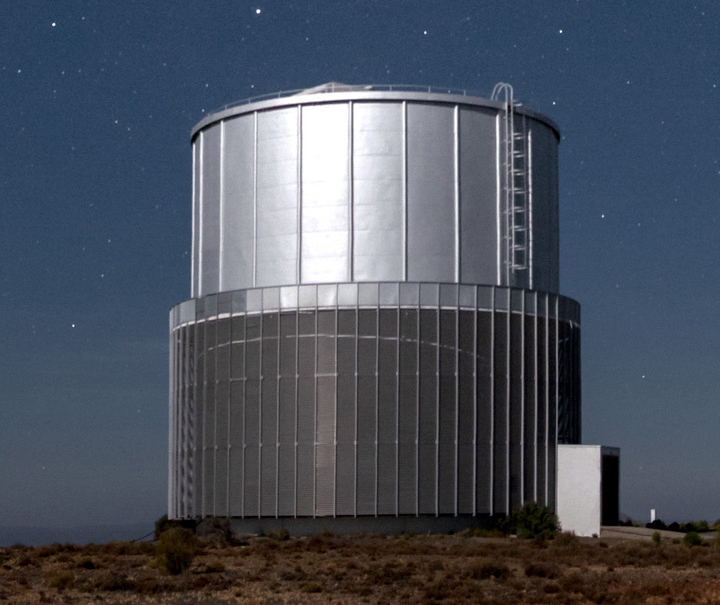
05 Dec SAAO Telescope Discovers Evolving Material Around Centaur (2060) Chiron
In a groundbreaking discovery, observations made during a stellar occultation by the 1.9-meter telescope at the South African Astronomical Observatory (SAAO) have revealed evolving material orbiting around the enigmatic Centaur (2060) Chiron. This revelation challenges previous interpretations of Chiron’s structure, indicating dynamic changes rather than a stable two-ring system.
Led by Amanda Sickafoose, Principal Investigator and Senior Scientist at the Planetary Science Institute, observations during the stellar occultation showcased dips in starlight as Chiron’s nucleus and surrounding material obscured the stellar background. The study, titled “Material Around the Centaur (2060) Chiron from the 2018 November 28 UT Stellar Occultation,” published in The Planetary Science Journal, elucidates the evolving nature of Chiron’s surroundings.
“Contrary to previous assumptions, the data unveiled by the SAAO telescope suggests an ever-evolving material orbiting Chiron, dismissing the notion of a stable ring system. The observed material, located 300 to 400 kilometers on either side of Chiron, showcases dynamic variability, deviating from our prior understanding,” remarked Sickafoose.
The observations effectively ruled out the presence of a substantial global atmosphere around Chiron. These findings mark a departure from past interpretations, pointing towards a dynamic environment surrounding Chiron, in contrast to the anticipated two-ring system detected at Chariklo, the largest Centaur object.
“Continued observations of Chiron and other minor planets will unravel the unique characteristics of these objects. Understanding the mechanisms governing the formation and evolution of ring-like structures around small celestial bodies remains a key focus for future studies,” added Sickafoose.
This remarkable discovery, funded in part by the National Science Foundation (NSF) Astronomy and Astrophysics Research Grant and NASA grant awarded to the Planetary Science Institute, underscores the crucial role of the SAAO telescope in unveiling the mysteries of celestial bodies within our solar system. Sickafoose conducted these groundbreaking observations remotely from the South African Astronomical Observatory in Cape Town, using the 1.9-meter telescope situated at the SAAO site in Sutherland, South Africa.

